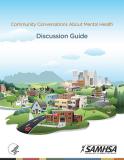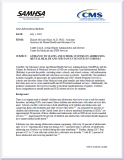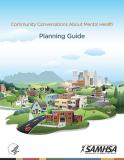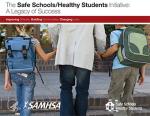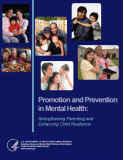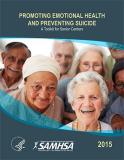
This brochure aims to help older adults understand the importance of good mental health. It identifies signs of depression and emotional issues, and offers steps to overcome them.
Units per Product
Download
Good Mental Health is Ageless
File Type: PDF
File Size: 2.84 MB


